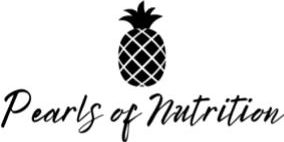K1 (phylloquinone) is needed for that which we typically associate vitamin K with: clotting blood. Vitamin K doesn’t actually clot blood, but it is a component of enzymes which activate clotting factors. So without it we’d be looking like Malfoy after the Sectumsempra curse. K1 can be found in spinach, broccoli, Brussels sprouts, cabbage, kale, swiss chard, and greens like collard, turnip, mustard, and beet. As of right now, it does not appear that we mere humans have the ability to convert K1 to K2 or if we do, it isn’t an efficient 1:1 process. Animals and intestinal bacteria (my favorite), however, do.
K2 (menaquinone) is the forgotten/unknown nutrient that everyone needs to jump on the bandwagon with. About. I’m not really sure what goes there. My bad, grammar, my bad. So K2 is the bees knees. Ya know how Vitamin D helps absorb calcium? Well K2 helps to direct calcium once it is absorbed. Particularly, not on our arterial walls. You see, when people have calcified arteries they have heart disease, when they have heart disease they have heart attacks, when they have heart attacks they have their chest sliced into, sternum sawed apart, and their ribs mechanically separated. If you think it sounds painful its because it is. Eat K2 and your calcium will be shuttled to your bones where it belongs. It is also currently being studied in the treatment of rheumatoid arthritis and the prevention of certain types of cancers. So where do you get this wonder vitamin? It’s actually really cool- your intestinal bacteria make it and then you absorb it! Another reason to keep your little buggers happy with prebiotics and probiotics. You can also find K2 in fermented foods like natto and sauerkraut and it also happens to occur in much higher amounts in pastured meat, organ meats, egg yolks, butter and dairy. Drop the egg whites and leave conventionally raised meat and dairy products behind, my friends. Gouda and Brie cheese are other foods high in K2, don’t you just love it when I tell you to eat stuff that tastes good?!
Remember, kids, Vitamin K is a fat soluble vitamin so feel free to add a little pastured butter when you’re sauteing your greens and eat your dern liver. K thanks! (pun intended)
